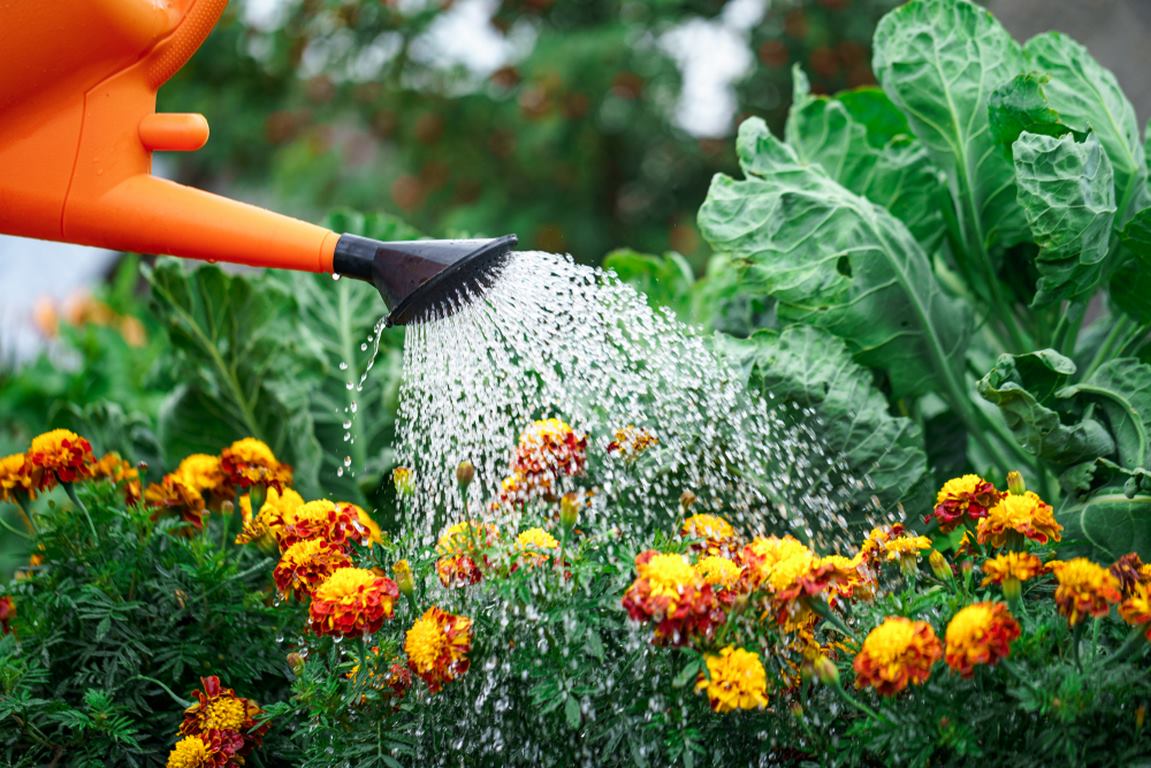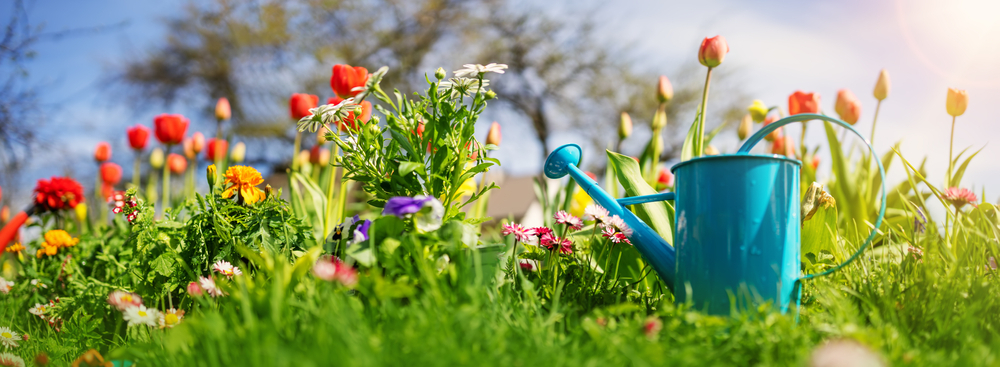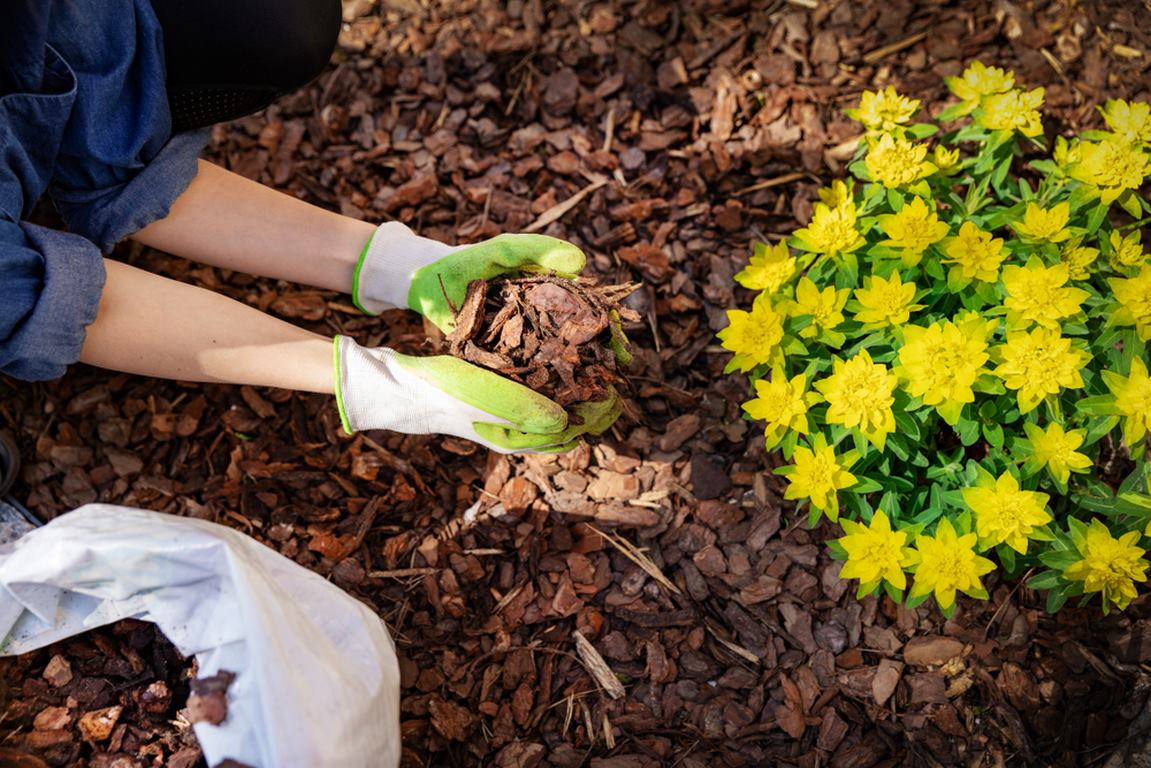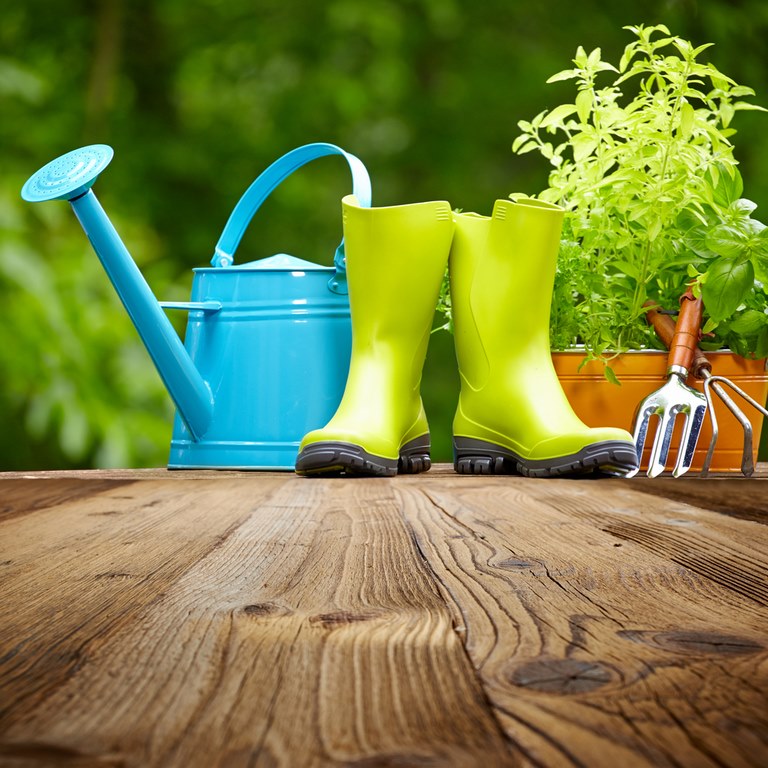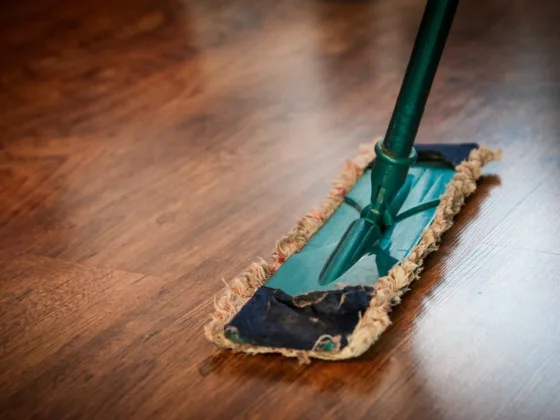There’s nothing more delightful than being in a garden with healthy flourishing flowers or receiving a colorful and beautiful freshly made bouquet from a loved one.
The feeling is unmatched! For the flowers to bloom into the beauty that you get to see, a lot goes into growing them, with one critical factor being proper watering.
If you’re growing a flower garden, knowing the best way to water the plants from when they’re young plays a significant role in helping them thrive even when the rains are not forthcoming. Flower plants require top-notch care for them to grow correctly.
Besides wasting water, poor watering practices exposes the plants to various fungal diseases, insect invasion, and poor plant growth.
If you’re trying out growing flowers, you need to adapt proper watering habits to achieve a beautiful blooming garden.
This article explains six simple tips to ensure you water the flowers in your garden well for them to be healthy. But before then, here are a few things to note about watering flowers;
- Watering flowers depends on several factors like the type of flower- some flowers are more succulent than others; hence they can retain water for a long time.
- Depending on where you are, the soil may be different from other places; for example, clay soil has a higher water retention rate. Thus, flowers don’t need to be watered regularly while growing on this soil type.
- Lastly, watering flowers also depends on the area’s climatic conditions. For example, you have to water your flowers regularly during summer.
Here are six tips to ensure you water the flowers in your garden well;
1. Know when to water your flowers
As with any other plant, the best time to water your flowers has to be between 6 am-10 am when the winds are calm, and the sun is low. This will help absorb enough moisture before the sun is out.
During the day, the temperatures are pretty high, and watering the flowers at this time will evaporate the water into the air, leaving your flowers with no moisture.
Can you water flowers in the late evening? Yes, only if you’re careful to use the proper watering tool that can only water the base of the plant.
During this time, if you leave the leaves wet overnight, the moisture invites fungal diseases which are harmful to the plants.
2. How to Water Your Flowers
There is more to watering flowers than just pouring water ___ you have to be careful not to ruin the plants.
The best way to water your flowers is to water the soil around the roots and not the leaves.
Ensure you gradually soak the bases with a generous amount of water and get to the roots at fewer intervals. Just enough to keep the soil moist, not soggy.
Direct the water to the base of the plant to avoid wetting the foliage, which invites fungus. Although flowers may look beautiful with water droplets, wet foliage can do more harm than good.
Read Also:
3. Ensure To Stick To A Routine
As earlier mentioned, flower plants require top-notch care. Therefore, it is essential to stick to a strict watering routine to prevent your flowers from wilting from either too little or too much watering.
Flowers should be watered regularly –at least once per day during the summer since too much heat can wilt them. During other seasons you can water every other day depending on the amount of moisture in the soil. This can even be at least twice a week.
4. Apply Mulch
If your soil drains water quickly, you can try adding organic matter at the base of each flower to help moderate soil temperature and retain moisture for your flowers. Mulching also helps keep pests and weeds away from your flower beds.
The best mulch for your flower beds is organic mulch, for example, wood chips or barks of trees. Wood mulches give a steady release of nutrients to the soil while breaking down, and you won’t need to pull out the mulch later on.
5. Check Your Soil Regularly
One of the best ways to check if your flower bed has enough moisture is by sticking your fingers 1-2 inches in the soil. This will indicate when you need to water your flowers.
Ensure to check your soil regularly, so you don’t water too much or too little. When the flowers start to wilt, it’s an indication that you need to water your flowers immediately.
6. Use The Correct Watering Tools
Not all irrigation methods are effective for all plants. In the case of flowers, they’re delicate, and a little pressure could destroy them. Therefore, a watering can ensure precision that you only water the base of the plant, and you won’t tamper with the flowers or the leaves.
The use of sprinklers is more effective with lawns or unplanted areas. Applying this method to flowers can cause disease to spread from one plant to another.
If you’d like less labor-intensive methods, you may consider investing in drip irrigation which you can automate and water your plants whenever and save water.
Bottom line
Most leaf problems occur when they come into contact with water. Therefore, avoid methods such as overhead sprinkling; however, you might want to use this method when the sun is out, and the leaves will dry quickly.
Also, ensure to balance the water you give to your flowers; Too much water attracts root rotting fungi that will destroy your plant, while too little water may cause the plant to wilt and eventually die.
Consider joining a local florist community where tips and ideas on maintaining a flower garden are shared. Alternatively, just buy a bouquet of your favorite flowers.
Windflower Florist is easily among the top choices for locals seeking florists in Singapore. They offer a wide selection of freshly-made flowers for all occasions—from Weddings, anniversaries, graduations, birthdays, proposals, get well soon, and any other event to accompany your heartfelt gifts.
Windflower Florist offers affordable same-day flower delivery within Singapore, perfect for last-minute gifting.
So, plant or buy your favorite flowers and enjoy their beauty and fragrance.
